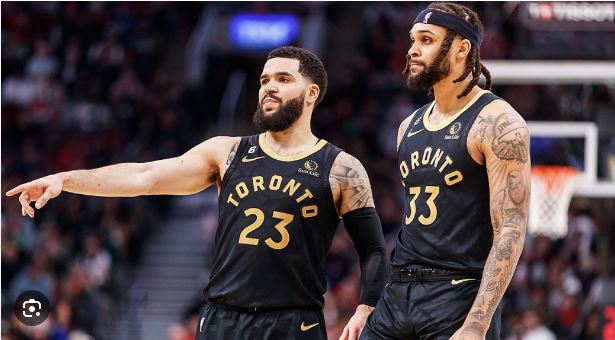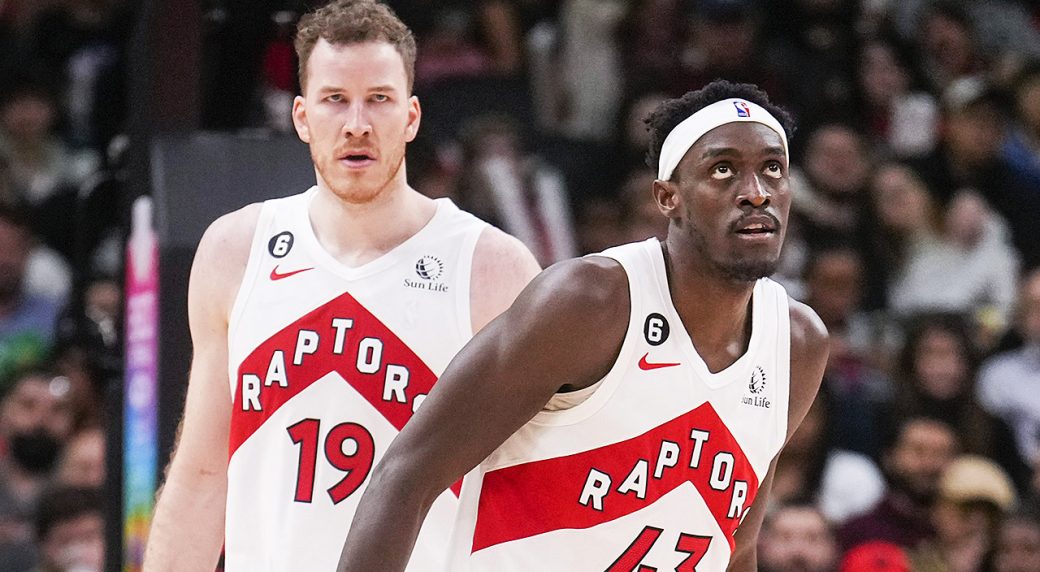
In exchange for two-time All-Star forward Pascal Siakam, the Indiana Pacers dealt Bruce Brown, Jordan Nwora, and three first-round selections to the Toronto Raptors on Wednesday. Part of the credit for that historic agreement should go to the NBA’s new salary-floor regulations.
Brown inked a two-year, $45 million contract with the Pacers this past offseason; the deal includes a $23 million team option for 2024–2025. In just 26.5 minutes per game during the playoffs, he averaged 12.0 points on 51.1% shooting, 4.0 rebounds, and 1.9 assists, which was a major component of the Denver Nuggets’ run to the NBA championship last season. However, that is hardly the usual statistical output of someone making more than $20 million per year in the NBA.

The Pacers had over $30 million in cap space going into free agency, so they could afford to spend. But the NBA’s new collective bargaining agreement gave them an incentive to spend more swiftly than normal.
Teams merely needed to reach the salary floor—90% of the league’s salary cap in any given year—by the last day of the regular season under the prior CBA. Those that didn’t had to divide the difference between the players on their roster for that particular season. However, rebuilding teams frequently started the season well below the salary cap in order to permit salary dumps during the season before the trade deadline.

Teams must reach the salary floor by the opening day of the regular season in order to comply with the current CBA. If they don’t, teams that make more money than the tax threshold—typically eight figures—will not be able to pay them a luxury tax. This last offseason should serve as a warning that the tactic of teams hoarding cap space heading into the season will be all but eliminated.
Leave a Reply